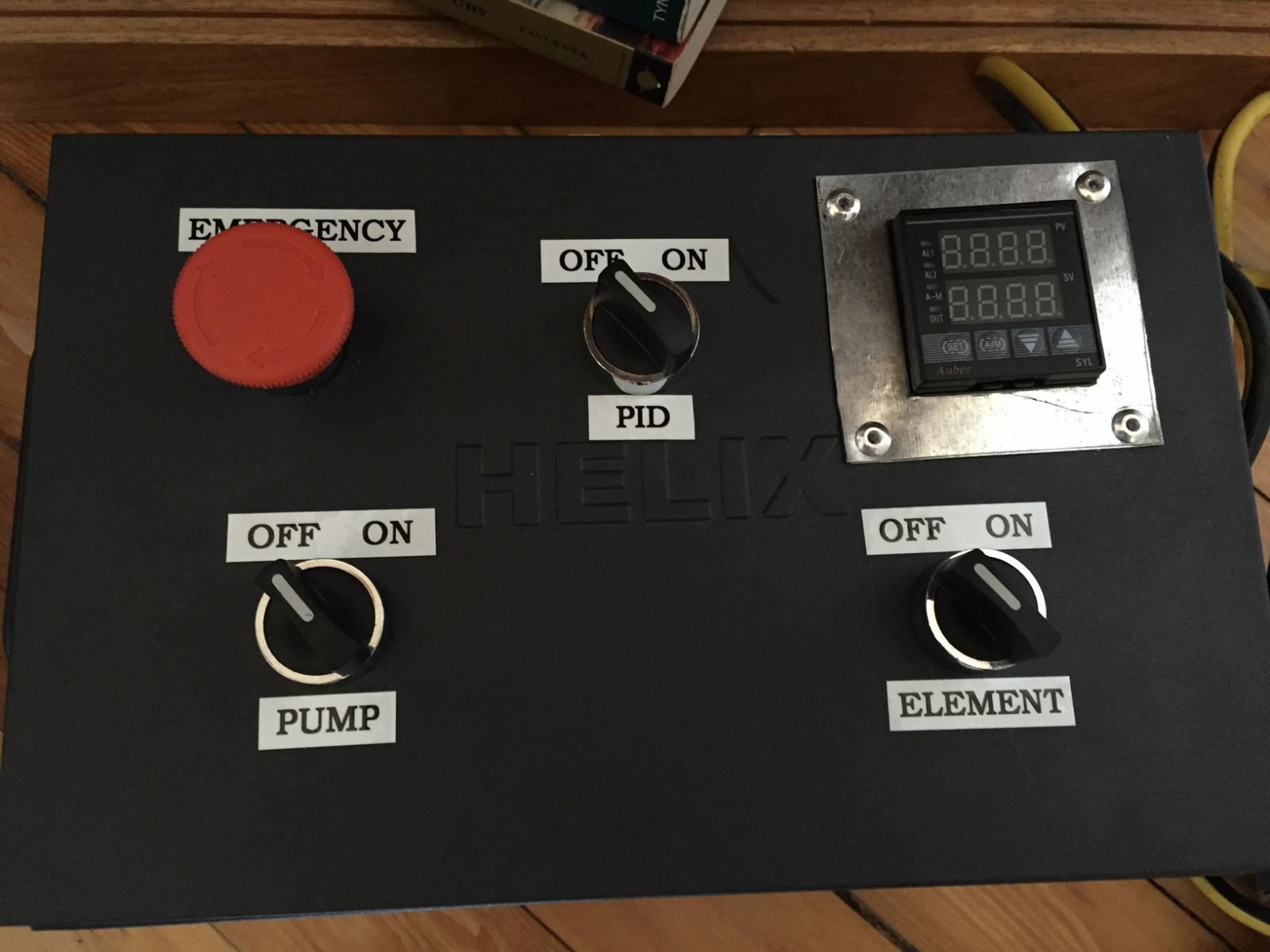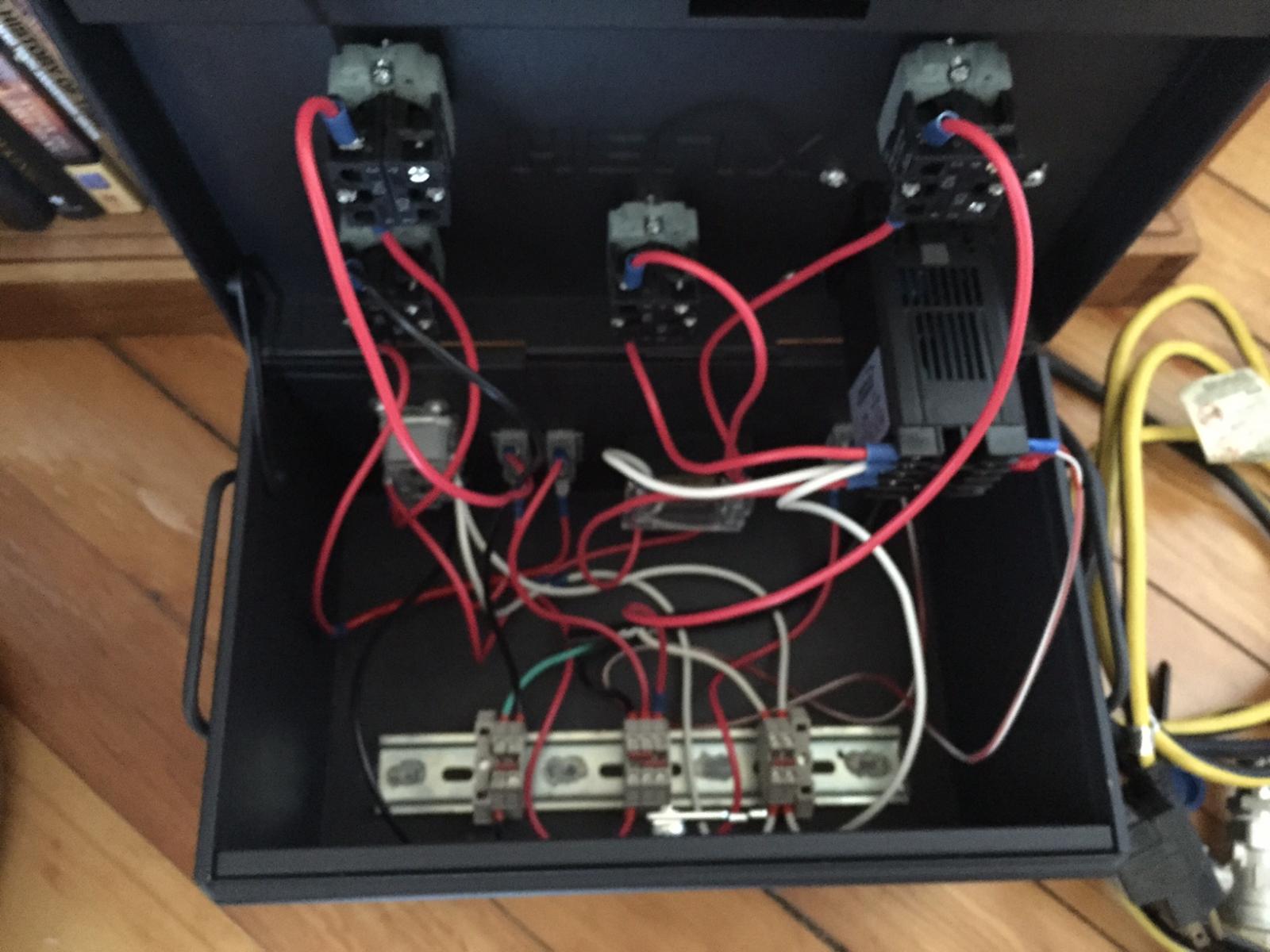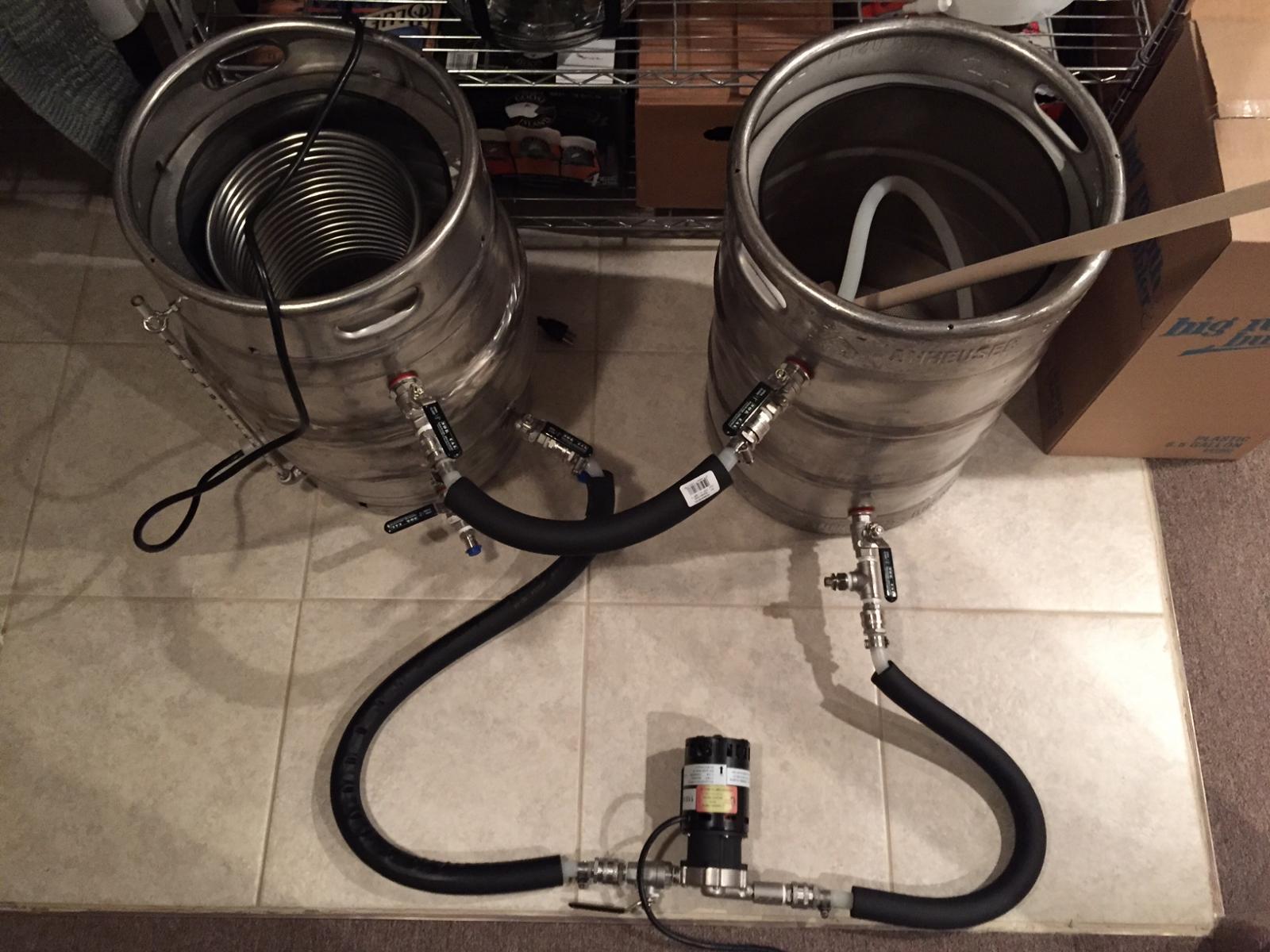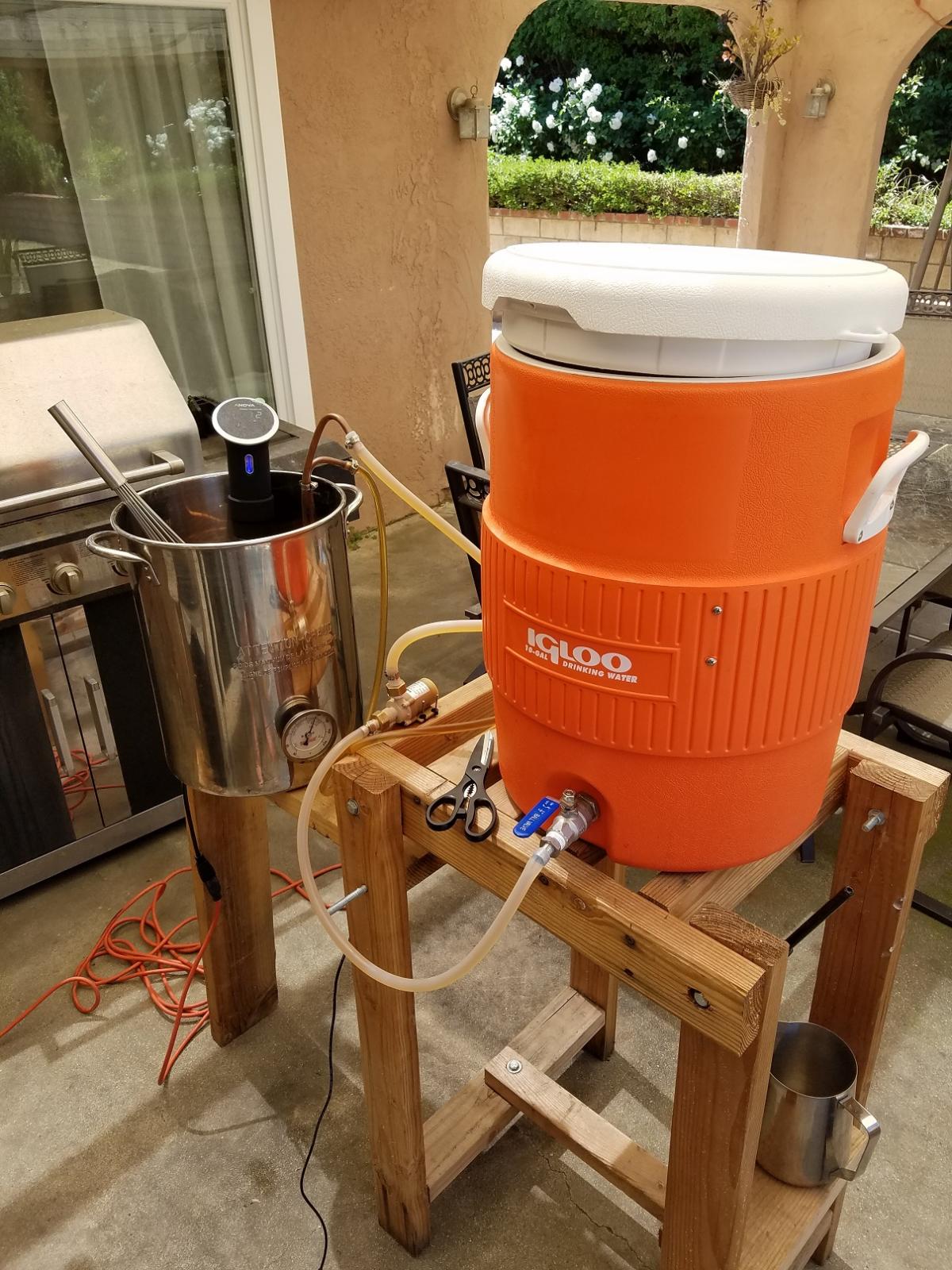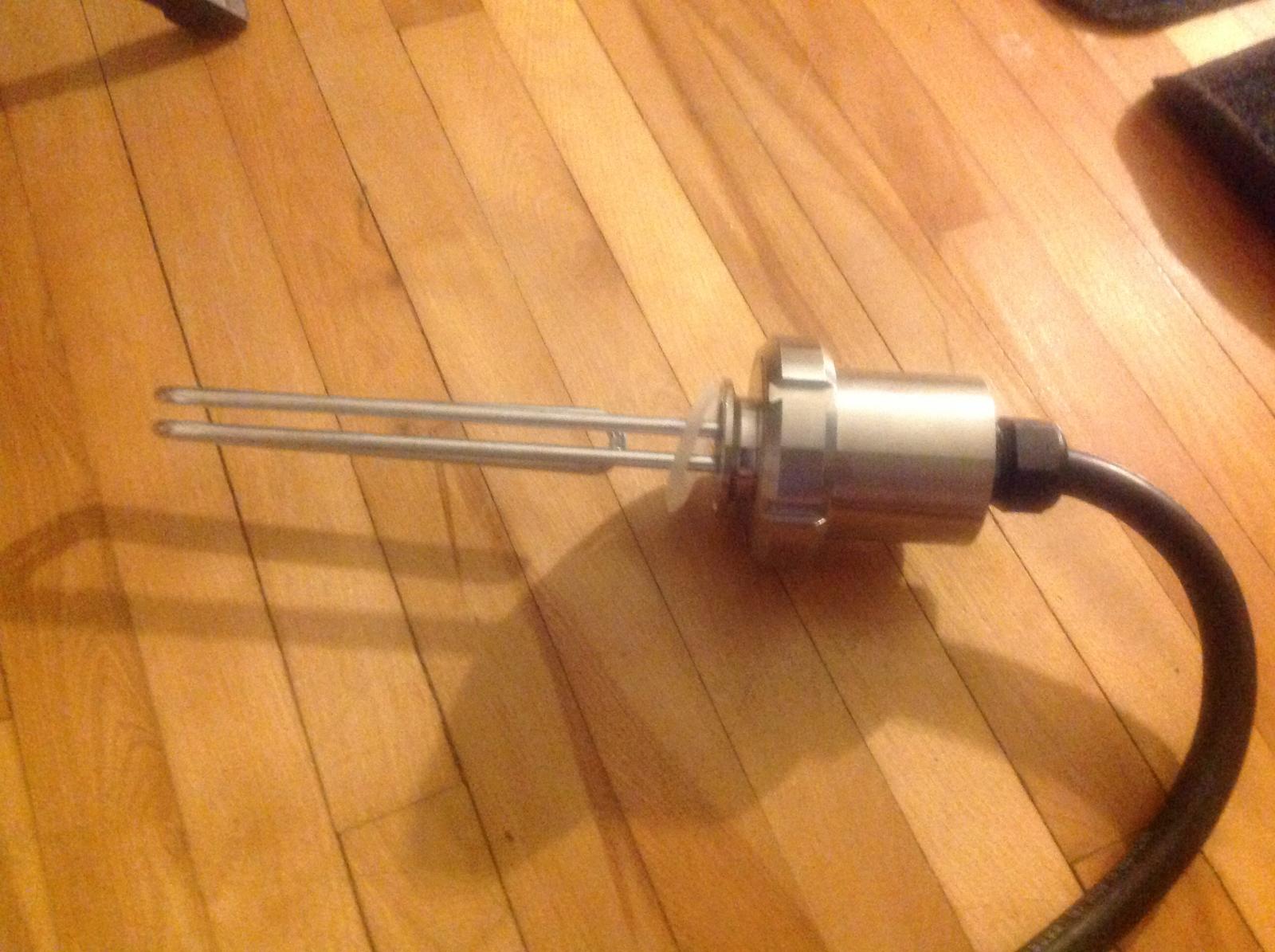MplsUgly
Well-Known Member
I think a hybrid brew system might be just what I need.
I had ambitions of a E Hermes system but today I took my "in progress" rig for a test brew but on gas rather than electric as that stage isn't complete yet. I was really surprised at how little heat I needed to add to the HLT as I was circulating my mash. It made me think that maybe I just need a small element to maintain my HLT/mash temps and I can bring the water up to temp on gas and boil with gas as usual?? Maybe even kick on the gas for mash out but let a small element do the fine tuning.
The upside is it would be way easier for me to run a small element on 110 in my garage rather than install 220 out there or in my basement and that would save me some serious coin.
Can it be done? Has it been done? What element would be needed to maintain 14 gallons of water at 160 degrees in a keggle? I know it's not as glamorous as a full electric system in a nice tiled basement with all the bells and whistles but it could be just what I need to run in my garage without major investment.
I had ambitions of a E Hermes system but today I took my "in progress" rig for a test brew but on gas rather than electric as that stage isn't complete yet. I was really surprised at how little heat I needed to add to the HLT as I was circulating my mash. It made me think that maybe I just need a small element to maintain my HLT/mash temps and I can bring the water up to temp on gas and boil with gas as usual?? Maybe even kick on the gas for mash out but let a small element do the fine tuning.
The upside is it would be way easier for me to run a small element on 110 in my garage rather than install 220 out there or in my basement and that would save me some serious coin.
Can it be done? Has it been done? What element would be needed to maintain 14 gallons of water at 160 degrees in a keggle? I know it's not as glamorous as a full electric system in a nice tiled basement with all the bells and whistles but it could be just what I need to run in my garage without major investment.


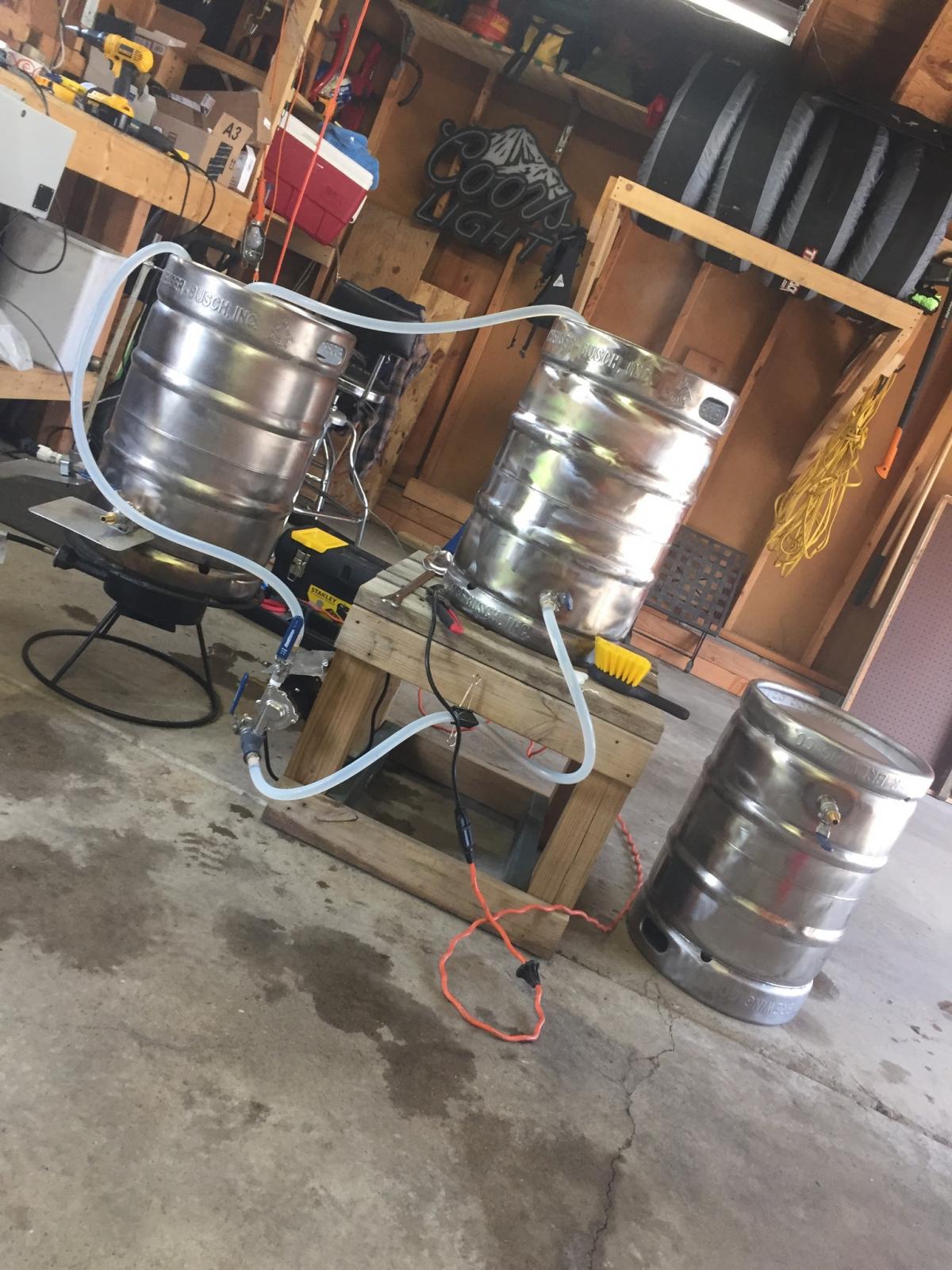
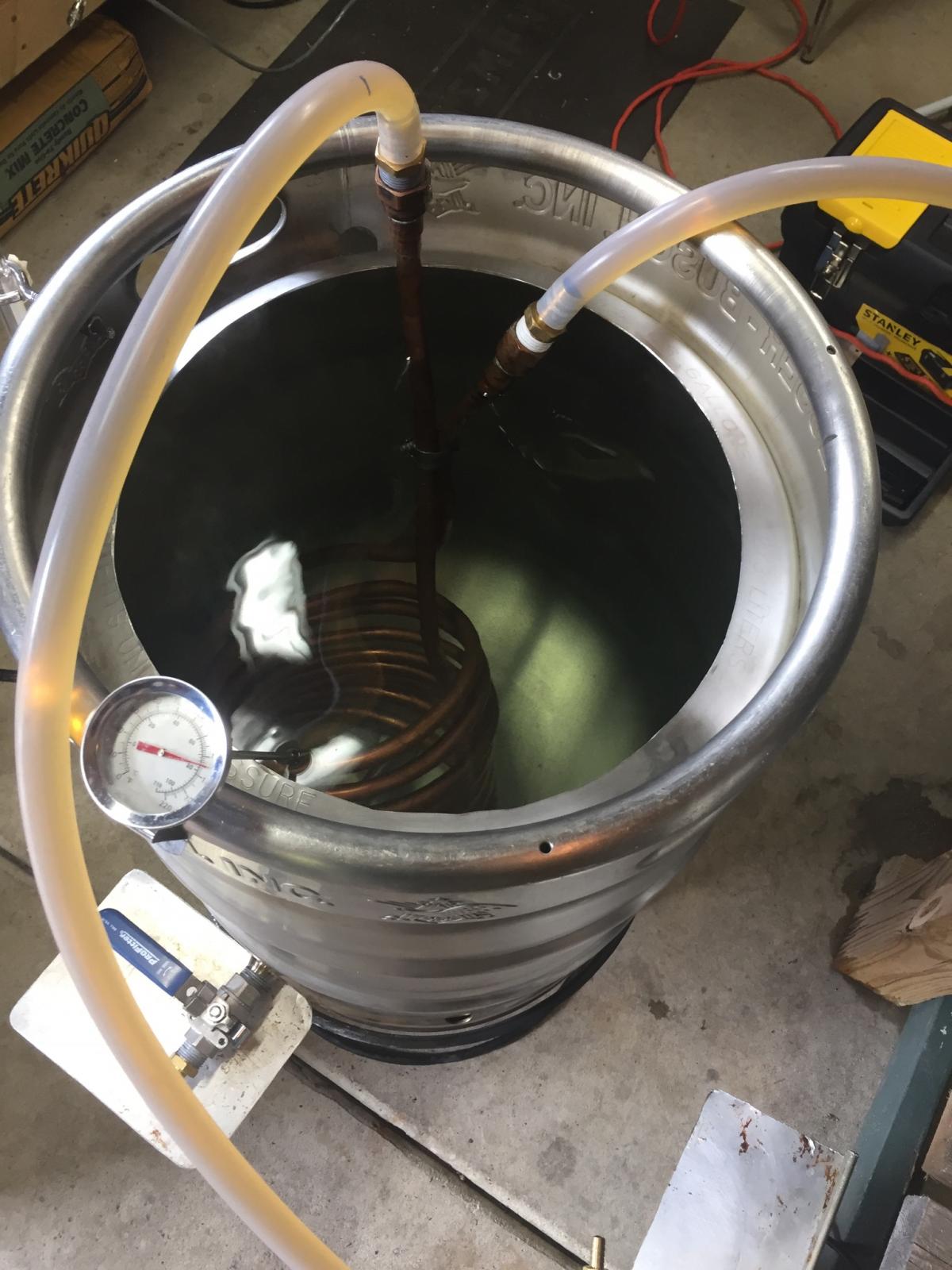
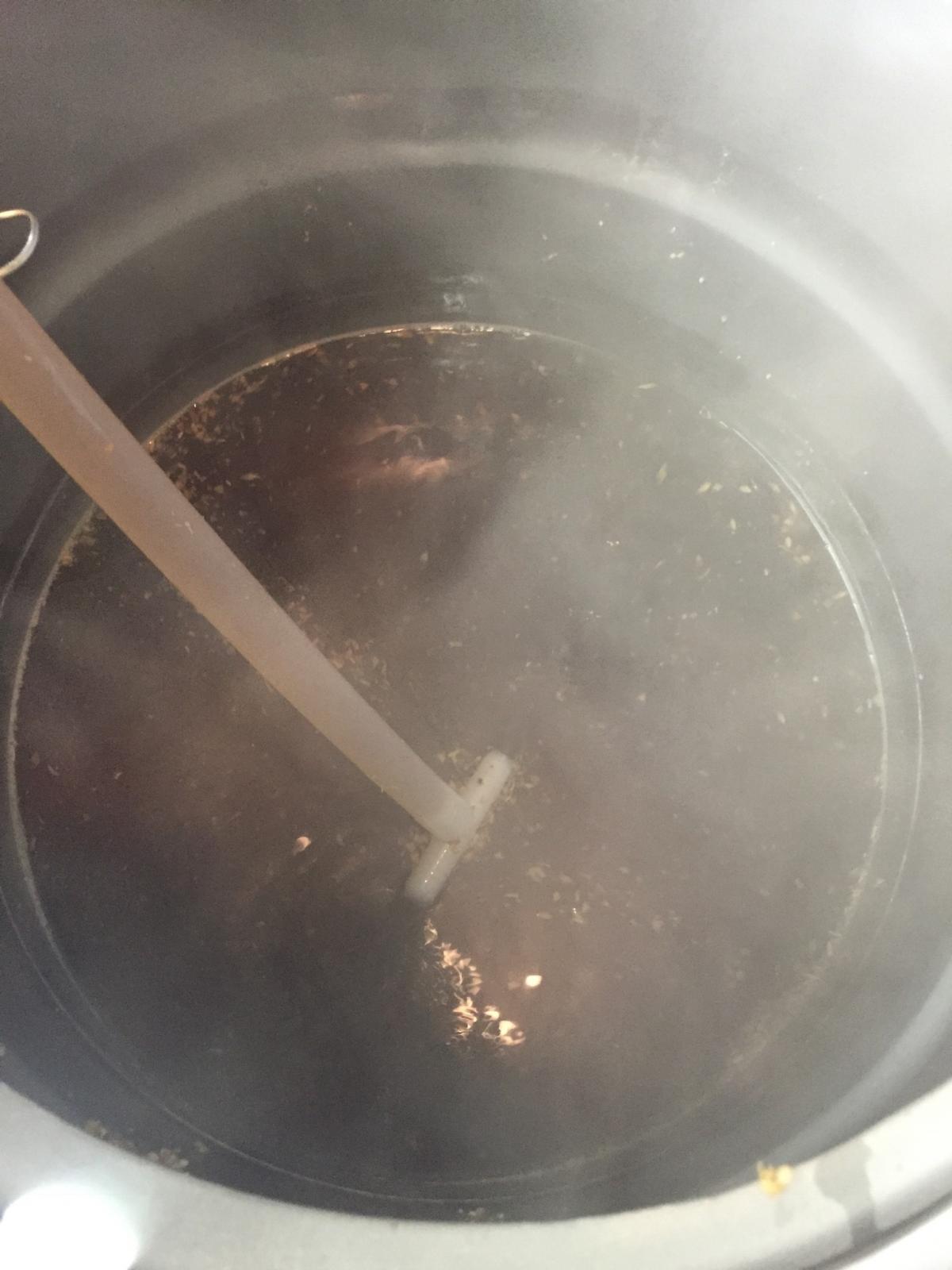
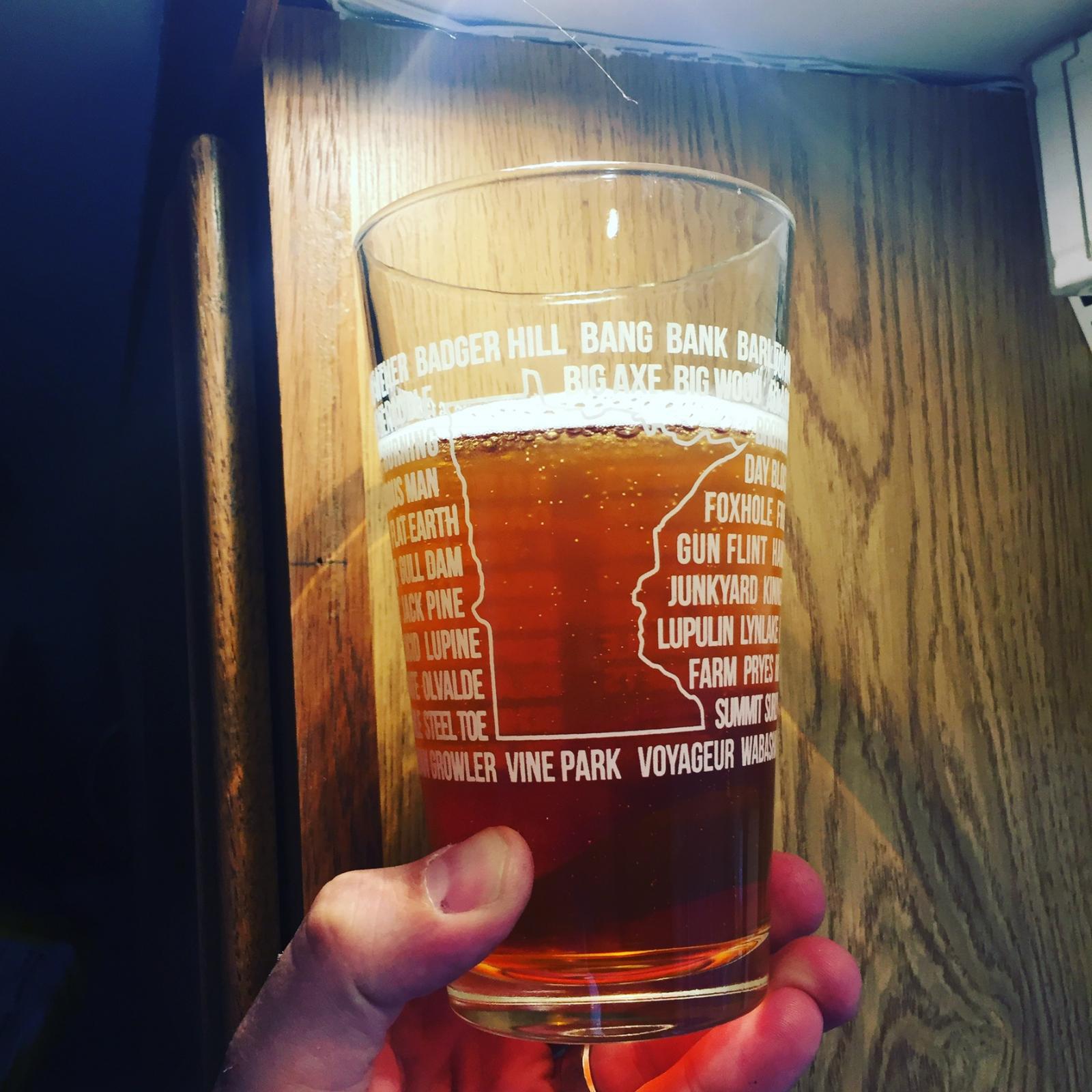
















































![Craft A Brew - Safale S-04 Dry Yeast - Fermentis - English Ale Dry Yeast - For English and American Ales and Hard Apple Ciders - Ingredients for Home Brewing - Beer Making Supplies - [1 Pack]](https://m.media-amazon.com/images/I/41fVGNh6JfL._SL500_.jpg)





